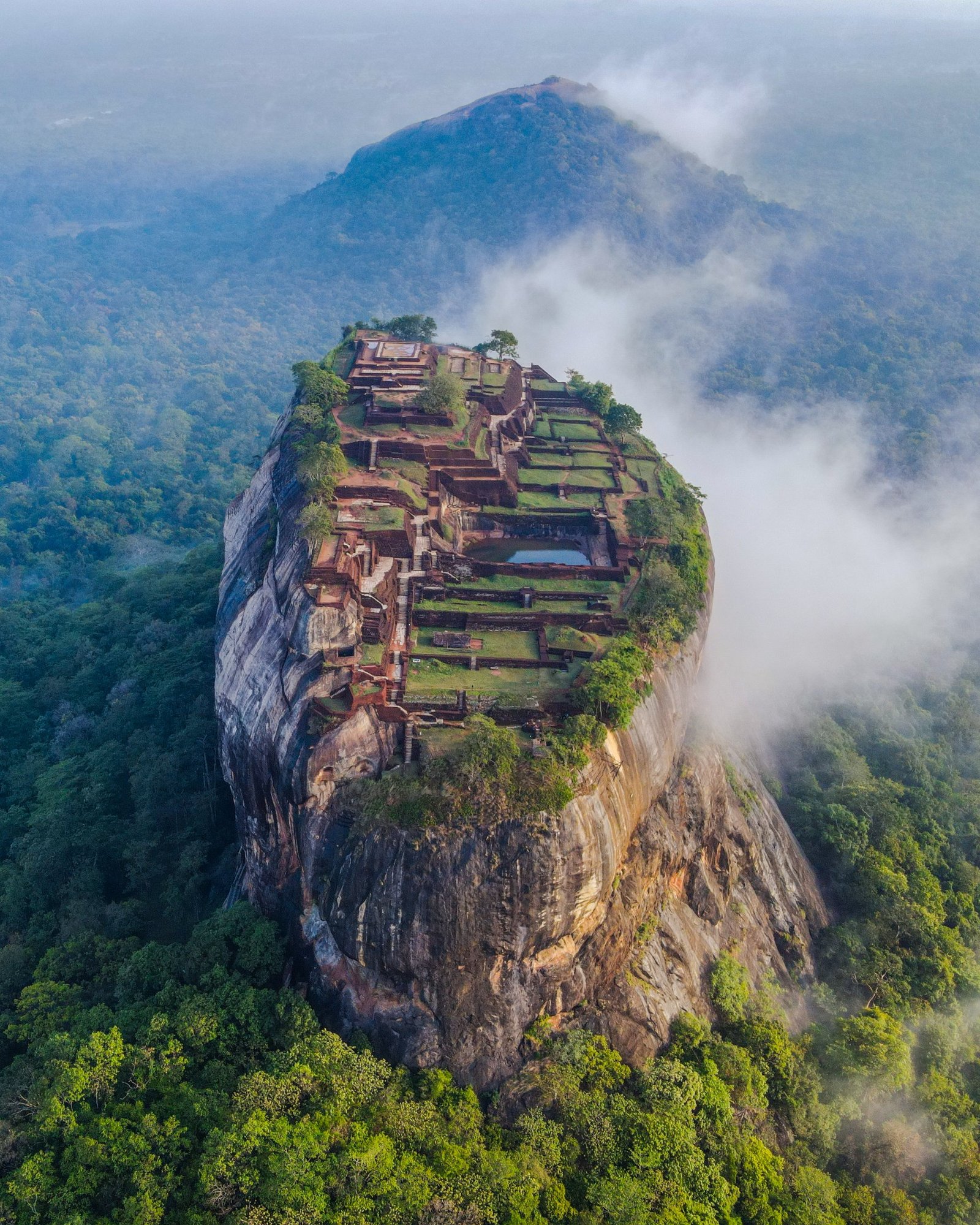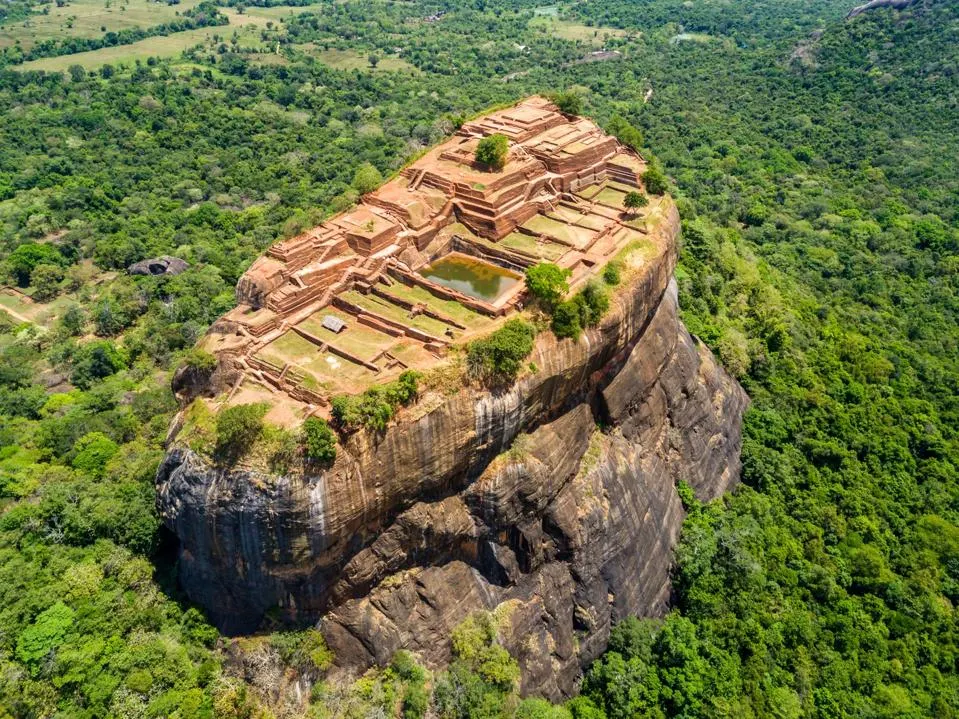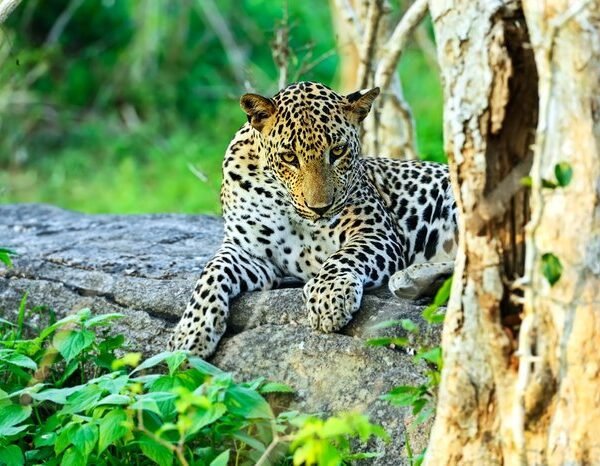Senior Contributor
I know the difference between expensive travel and the truly luxurious
Updated Jul 16, 2024, 12:12pm EDT

Entrepreneur Malik Fernando likes to begin interviews by calling himself an accidental hotelier. He was originally the “mah” in Dilmah tea, the Sri Lankan brand that’s one of the biggest tea purveyors in the world.
When his father, Merrill, founded the company in the 1980s, he named it for Malik and his brother, Dilhan. Malik always knew he would be involved in the tea business, and indeed he was and still is. The tourism thing was inadvertent, but it stuck. Now he’s the managing director of Dilmah’s hospitality arm, called Resplendent Ceylon—and one of the main architects of luxury tourism in Sri Lanka.
“I first connected with leisure when I was looking after the tea plantations for Dilmah,” he recalls, speaking of his oversight trips to the country’s magnificent central highlands. “For me, that really was the highlight in terms of the whole, how it makes you feel and the climate and all of that.”
He continues, “To be honest, I knew nothing about the topic, except I knew what it was like to have a lovely experience at properties around the world. So it was a bit of a segue.” In 2001, a ceasefire in Sri Lanka’s civil war opened the door to tourism. People all over the world knew of the Sri Lankan highlands because of Dilmah—at least those who opened the leaflet in the tea package and saw the letter from Merrill.

Some of those tea fans asked to visit. Malik began setting up the historic plantation managers’ houses to receive informal visitors. When he began officially welcoming guests in 2005, he called the project Ceylon Tea Trails, using the old colonial name for Sri Lanka. At the time, the country had no promotional infrastructure, so his company made television commercials showing the beauty of the tea fields. “We were kind of the tourism board.” (He clarifies that Aman opened its Sri Lankan hotels around the same time.)
Passport: Explore the finest destinations and experiences around the world in the Forbes Passport newsletter.Get the latest news on special offers, product updates and content suggestions from Forbes and its affiliates.Sign Up
By signing up, you agree to our Terms of Service, and you acknowledge our Privacy Statement. Forbes is protected by reCAPTCHA, and the Google Privacy Policy and Terms of Service apply.
By the end of the civil war in 2009, “the product was quite well established from a culinary and service standpoint, and people were just bowled over,” he recalls. So he kept going with the hospitality. “My father was quite upset at the time, saying I was spending more time on the hotel when he wanted my brother and me to focus on tea.”
Thankfully, he didn’t listen. “As we got more and more accolades for Tea Trails, I thought, Look, why don’t we create a circuit around the country?” he remembers. “People were saying that wherever they went next was a disappointment.”

Besides, he thought, the Dilmah plantations and the hills around the mountain town of Hatton offered “only a glimpse of our beautiful island,” which even today he likens to the Bali of 20 or 30 years ago. That was the beginning of Resplendent Ceylon, a collection of five hotels around the island, three of which have been invited to join Relais & Châteaux. (The other two are part of a “more accessible” collection of beach house hotels.)
He takes pains to clarify that Resplendent Ceylon, for all the poetry contained in that name, is a “non-brand.” They want each hotel to be separate, with its own identity, but most of their guests visit the three pure-luxury hotels as a circuit.
What connects them? Thoughtful small touches, cuisine and a sense of place, says Fernando. “We try to bring in a very non-corporate sort of a family touch, where you are at home. And then something really special is the fact that Sri Lankans are very, very hospitable and their smiles are genuine. It’s not a cold forced smile. They genuinely are happy to receive guests.”
Ceylon Tea Trails

“We broke the mold,” says Fernando of Ceylon Tea Trails, which became the first Relais & Châteaux hotel in the country. “There’s nothing like it anywhere in the world, and we’re still a pioneer.”
It’s not a traditional hotel but a collection of five restored colonial-era bungalows, built between 1888 and 1925 and each with about five guest rooms and suites, making 27 accommodations in all. They’re heavily British, decorated with plump leather couches, tartan fabrics, billiards rooms, croquet on the lawns and port wine in the decanters. Each bungalow has a team of butlers and chefs—all meals and snacks are included—and guests are encouraged to pop over to the other houses for cream tea in the afternoon.

Every stay includes a tour of the historic tea factory, which is notable mostly for the enthusiasm of the gentleman leading it and the pleasantly vintage machines. They can call in naturalist guides for hikes or bike rides among the tea bushes—complete with a tiffin lunch in a watchman’s outlook—or spa therapists for massages.
Each house has a swimming pool in the gardens. But the biggest selling points are the panoramic views over the mist-shrouded mountains, lakes and winding roads of the highlands (some 4,000 feet above sea level) and the utter silence of the place. There are no televisions in the bedrooms, of course, and a note kindly asks all guests to use headphones with their entertainment devices at all times.
Wild Coast Tented Lodge

Fernando says that when they were beginning work on Wild Coast Tented Lodge, the designers asked for Resplendent Ceylon’s corporate guidance. “We were a little hotel company, and we didn’t have a template,” he recalls. “I said, we don’t have any brand standards. Let’s see what you can do.”
They also didn’t have a hotel designer, not really, as the team they hired was “sort of a collective of designers,” now called Nomadic Resorts, who didn’t have hotel experience at the time. “We just came through trial and error, came through various concepts, until we ended up with a cocoon as it is now,” he says, referring to the 36 freestanding, canvas-walled accommodations that debuted in 2017. “So Wild Coast has really been a hit. It’s the only lodge I know that’s right on the beach” and at the edge of Yala National Park.
Each cocoon is nearly 600 square feet, with high ceilings, teak floors, a four-poster king bed, a copper slipper bathtub and a judicious amount of colonial expedition swag (leather trunks, campaign chairs) mixed with contemporary design innovations. Some have private plunge pools, while others are clustered around watering holes designed to attract a variety of birds and amphibians.

They’re designed to be completely removable, the kind of structures that would leave no footprint, and they incorporate some smart sustainability measures. Devices collect the condensation runoff from the air-conditioners and use it as foot-washing water.
Beyond that, it’s a classic safari lodge, with a schedule of morning and afternoon game drives in the national park, pool time in the afternoon, workshops and lectures, more cream tea, sundowners on the beach and periodic barbecue nights in the large, architecturally striking restaurant. That bamboo dining pavilion is the setting for some excellent food, a mixture of Sri Lankan rotis and curries, international fare and today’s de rigueur healthful fare.
While the game viewing conditions in the crowded national park are less than ideal, Fernando and other luxury hoteliers in the area are working on improving their corner of things. They’re developing a private conservancy for low-density walking safaris and tours in electric vehicles to give guests a better look at Sri Lankan elephants, leopards and sloth bears.
Cape Weligama

Of all of Resplendent Ceylon’s hotels, Cape Weligama is the closest to the traditional beach resort. It occupies a coconut estate on a promontory on the island’s southern coast. Fernando says it’s “right in the heart of things,” close to surf breaks, the UNESCO-recognized Galle Fort, resort towns, gorgeous lagoons, whale watching points and the increasingly international community in the nearby town of Mirissa, which, he says, is arguably the trendiest in Sri Lanka.
Cape Weligama is the sort of old-school resort that was designed to be navigated with (electric) golf carts. The 16 suites occupy apartment-style blocks around a family-friendly swimming pool, and another 23 freestanding villas are spread in eight gardens around the property. Every garden has a pool that’s shared by two or three villas. All the gardens and apartment blocks are named for “distinguished” writers and explorers whose “historic Ceylon journey captures the spirit of Cape Weligama.” Marco Polo, Pablo Neruda and Arthur C. Clarke are among them.

The resort has various viewing points, beaches, a big spa that uses organic spice scrubs made on site, a couple more shared pools (including a gorgeous moon-shaped crescent of water that stretches nearly 200 feet), a watersports center, a setup for movie nights and three distinct dining venues. The main restaurant is a stunning shade of purple.
“It really is kind of our flagship,” says Fernando. Perhaps that’s why, just ten years after it opened, they’re set to begin a complete refurbishment next month. This will upgrade that restaurant along with the bar and rooms before the 2025 season begins. But the idea of Cape won’t change: “very large quarters like your home, and then you use that to explore the local area.”
After all, that’s the joy of visiting Sri Lanka. As lovely as the Resplendent Ceylon resorts are, they aren’t sealed off from the world. “When you come to many other Indian Ocean islands, you’re in a bit of a bubble,” he says. “You’re having a Michelin meal and an amazing London-style wine list, but you are not connecting with the biodiversity and the people and the wilderness and the food as you do in Sri Lanka.”
As Sri Lanka continues to recover, it’s the perfect time to plan your visit. Check out our homepage for the latest travel deals and information!









